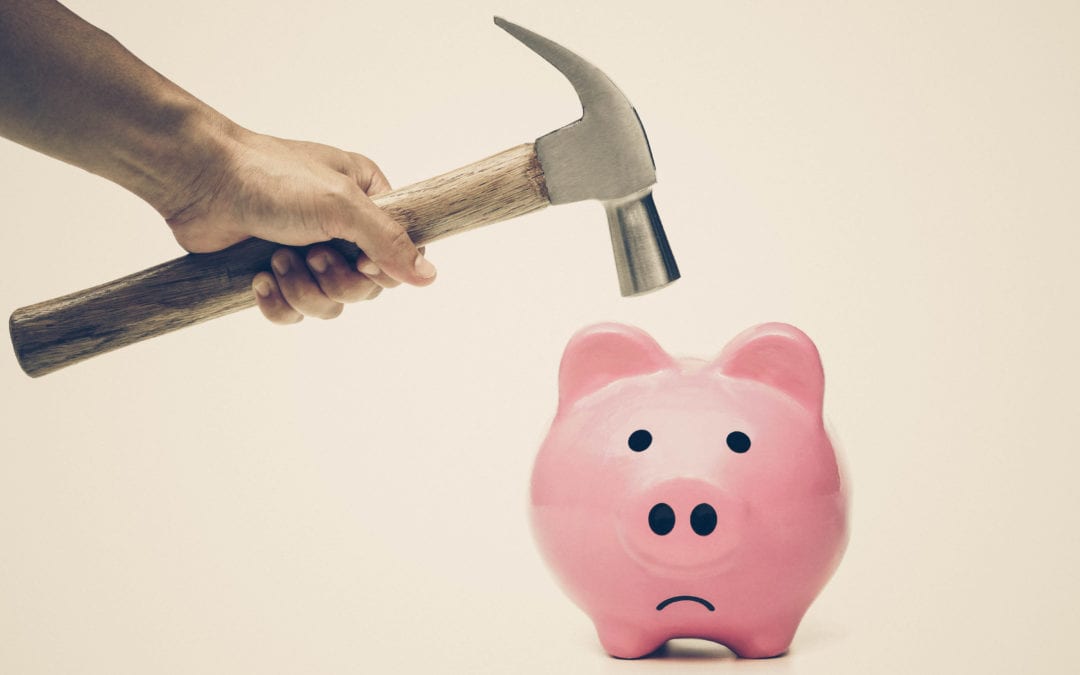It’s the end of January. January generally isn’t the best of months in “normal” times. In the middle of yet another lockdown with all the worry and stress that goes with that, even if you don’t know anyone who has got COVID, this January feels harder than ever. The last thing anyone wants to deal with is the extra stress of filing a Self Assessment tax return and paying the tax owed. You finally file your tax return, steel yourself to look at your tax bill – and discover that you owe half as much again. This, my friends, is the joy of payments on account.
When do payments on account kick in?
If more than 80% of your income gets taxed through PAYE then you won’t be affected. Otherwise, if your Self Assessment tax bill is more than £1,000, you’ll have to deal with payments on account. If you have been filing a Self Assessment tax return for a while then you have likely been making payments on account twice a year for a long time. Even then you might not understand how they work.
Why do I have to make payments on account?
If most of your income comes from a salary then tax is deducted every month via the PAYE system, so you pay tax as you earn. If most of your income comes from your sole trade or a partnership, or from dividends and investment income, then you get paid the full amount. No tax gets withheld. Income tax is payable by 31 January 2021 for the 2019-20 tax year, giving you a generous 10 months after the end of the tax year to pay your tax. Payments on account are there to reduce this gap, so the taxman gets his money earlier.
How much do I have to pay?
At least this bit is straight forward. Each payment on account is 50% of your previous tax bill. So if you owed £10,000 tax for the 2019-20 tax year then your 2020-21 payments on account will be £5,000 each – unless you apply to reduce them (see below!).
How does the timing work?
Payments on account are due to be paid by 31 January and 31 July each year. If you had already been making payments on account you would have made the first payment towards your 2019-20 tax bill in January 2020, and the second in July 2020 (ignoring the fact that you could have deferred making the July one thanks to COVID). Your final tax bill gets totted up off the back of your 2019-20 tax return. If its higher than the payments on account you have already made then you are owed a refund. If its lower then you have to make an extra payment, called a balancing payment, by the end of January 2021. And (you’ve guessed it) ANOTHER payment on account, this one towards your 2020-21 tax bill.
What if my income has gone down
Sadly we have a lot of clients where their income will be a lot lower in the 2020-21 tax year due to COVID. Why should they make payments based on profits that won’t be repeated this year? HMRC allow you to apply to reduce your payments on account to a lower level (or even to nothing). You can either do this when you file your tax return, or at a later date.
Just be a bit careful. Don’t forget that things like the Self Employed Income Support Scheme grants are taxable. If you reduce your payments on account too much then HMRC will charge you interest. This is worked out on the difference between your total payments on account and your final tax bill, or the original payments on account, whichever is lower.
If you are worried that you can’t pay your tax bill then don’t forget to can apply for a Time to Pay arrangement.



